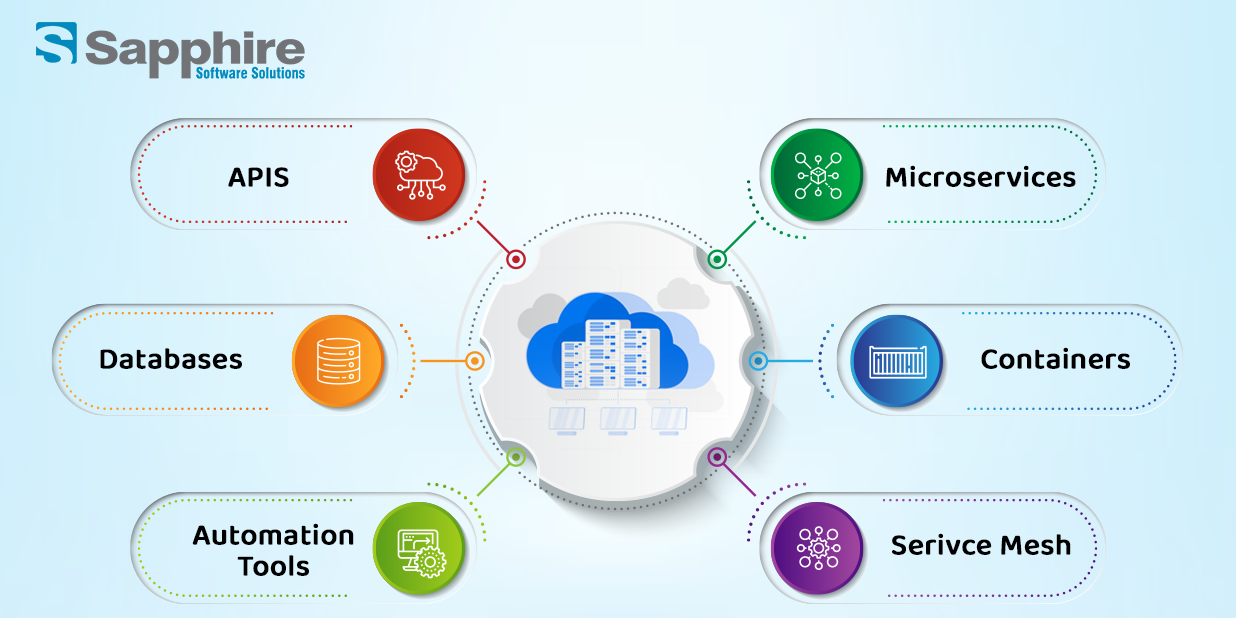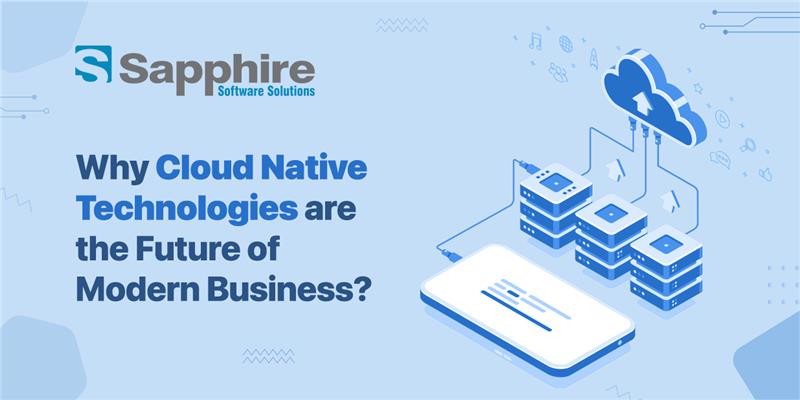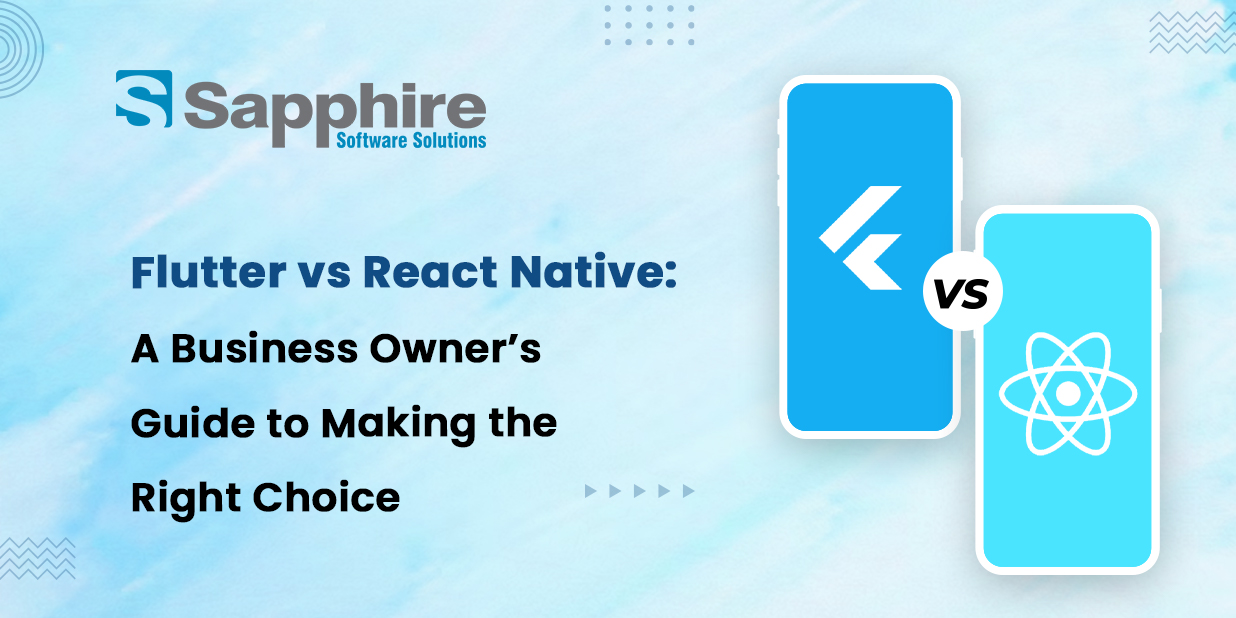What is Cloud Native?
What exactly is cloud native? In its simplest essence, cloud native is about building and optimizing applications specifically for cloud environments. Cloud native applications are not simply applications that run in an elastic cloud environment, they are developed and created with cloud computing practices and frameworks in mind. Cloud native technology embraces microservices, containers, dynamic orchestration, and continuous delivery. The intention of cloud native technology is to create more resilient, manageable, and observable systems. Cloud native systems allow organizations to implement more liberal changes to systems more often and predictably with no risks. By adopting cloud native engineering practices, organizations empower themselves to respond faster to market forces, deploy code updates rapidly and recover from failures quickly. These capabilities are necessary in order to remain competitive in a faster, more digital age.
What Are the Cloud Native Technologies?
Having a clear understanding of the tools and technologies that fall into the cloud native category helps organizations better manage their journey through digital transformation. Below we list some examples of cloud native technologies that encompass the essential tools and frameworks supporting today’s applications:
- Containers (e.g. Docker, Podman) – A container is a lightweight, standalone software package that allows the user to have consistent deployments across multiple computing environments.
- Kubernetes – An open-source system that automates the deployment, scaling, and management of containerized applications.
- Microservices Architecture – The modular approach of decomposing applications into independent services, where each service is responsible for a specific business function.
- Service Meshes (e.g., Istio, Linkerd) – Service meshes secure service-to-service communications and service-to-service observability.
- CI/CD Pipelines (e.g. Jenkins, GitLab CI) – Automate code integration, testing, and deployment.
- Serverless Frameworks (e.g., AWS Lambda, Azure Functions) – Build applications without provisioning servers.
- Infrastructure as Code (e.g., Terraform, Ansible) – Manage infrastructure using machine-readable scripts that automate infrastructure provisioning and management.
Each of the cloud native technologies listed above were designed with agility, scalability, and resiliency in mind, allowing businesses to embrace change without being disrupted.
Defining Cloud Native Technologies and Their Core Principles:
Designing cloud native solutions is bound by several important principles:
- Scalability: Applications must scale horizontally so that user demand can be met as it continues to grow.
- Resilience: Applications must perform in acceptable ways when parts of the system fail.
- Agility: Enable faster iterations and shortened cycle times of software development and deployment.
- Automation: Automate everything from code integration to infrastructure provisioning.
- Observability: Monitor your applications so that you have insights into the behavior and performance of the application.
These principles outline cloud native engineering, mechanisms for rapid innovation with high reliability and performance.
What is Cloud Native Architecture?
Now let’s look at what is cloud native architecture. Cloud native architecture is an approach to software design that allows you to take full advantage of cloud computing. Whereas traditional architectures are typically monolithic, cloud native architecture is non-monolithic. It is designed for distributed, decentralized systems.
The most important characteristics of cloud native architecture include the following:
- Microservices: independent pieces of software that are deployed and scaled independently.
- Containers: maintain consistent environments across development, testing, and production.
- API Gateways: facilitate communications between microservices.
- Automated CI/CD: Provide continuous updates to individual microservices, cell services, and businesses while streamlining the process and eliminating the risk of human error.
- Self-Healing Mechanisms: recur automatically from failure.
Cloud native architecture allows businesses to innovate while not being encumbered by concerns about infrastructure.

Benefits of Cloud Native Application Development for Enterprises:
Cloud native application architecture is a more precise subset of, and offers an architectural approach to, the cloud native application model. This model specifically considers how an application is designed and built so that it can benefit from the cloud environment.
Some features of cloud native application architecture are as follows:
- The application is distributed: The application is broken apart into loosely coupled services.
- There is no state attached to each service: reduces the number of states an application can be running at any moment while improving scalability and fault tolerance.
- Takes advantage of DevOps: Enables operational/cultural integration and facilitates development/operations collaboration.
- Cloud agnostic: Design applications that can be agnostic of the cloud providers, and run across multiple cloud providers.
Using cloud native application architecture, an organization is able to build solutions that are agile, while being resilient at the same time. Ultimately, establishing a foundation for future innovation.
Choosing the Right Cloud Native Application Development Company for Your Business:
With so many service providers in the marketplace, it can be difficult to find the optimal Cloud Native Application Development Company.
Here’s what you should look for:
- Domain Knowledge: a firm understanding of cloud native microservices, containers, orchestration, and DevOps.
- Security and Compliance: adherence to industry regulations and enforcement of good security practices.
- Strong Track Record: positive case studies and testimonials from existing clients.
- Customization: ability to adapt cloud native solutions to your specific business needs.
- Scalability: the ability to grow with your business such that future requirements can be optimized.
Finding the right provider is crucial if you want to ensure that your transition to cloud native technology is seamless and you achieve maximum ROI.
Why Sapphire is the Ideal Partner for Cloud Native Application Development Services?
At Sapphire, we provide complete Cloud Native Application Development Services to help businesses innovate, scale, and lead.
Reasons to work with us:
- 20+ Years Experience: We provide unparalleled domain expertise and understanding relevant to each project, and the best practices gathered over two decades.
- Innovative Technology: From Kubernetes to serverless deployments, we are always learning what the tech landscape has to offer.
- Customized Solutions: We build tailored cloud native microservices and architecture.
- Agile Delivery: Ability to support rapid user development cycles with flexible client engagement models.
- All-inclusive Support: We provide support with migration, modernization, and day-to-day management.
We don’t just deliver code – we deliver transformation. This is what makes us your ideal Cloud Native Application Development Company, to not only strive to transform your workforce, but transform and lead in the digital age.
Real-World Impact of Cloud Native:-
Organizations in all industries are starting to recognize the potential that comes from cloud native engineering.
Here are some live examples:
- E-commerce: Businesses are using microservices to handle high-volume transactions and offer personalized experiences.
- Health: Cloud native is enabling secure, scalable customer experiences for managing patient data.
- Finance: Real-time fraud detection systems, built in cloud native microservices to eliminate vendor lock-in.
- Media & Entertainment: High-availability streaming services using container orchestration.
Reduce operational complexity and boost efficiency with cloud-native tools.
Final Thoughts: The Future is Cloud Native
The future of business in the modern era is in the cloud and, more specifically, Cloud Native Technologies. Organizations that adopt cloud native technology are in a stronger position to innovate, respond to change, and ultimately provide a better all-around experience for their customers.
Whether you’re looking to modernize legacy systems or build new digital products, adopting cloud native solutions is a progressive investment. With the right partner like Sapphire, you can maximize the potential of cloud-native architecture, empower operational streams, and lead with confidence.
If you are interested in embarking on your cloud transformation journey today, Sapphire’s Cloud Native Application Development Services can help you design and build the digital future your organization deserves.






































